As twilight descends on Manila's streets, a distinctive vendor's cry pierces the humid air—"Baluuuut!"—signaling the arrival of the Philippines' most infamous delicacy. The sight of steam rising from woven baskets reveals the treasure within: balut, fertilized duck eggs containing partially developed embryos, boiled alive and consumed with a mix of reverence and bravado.
More than just street food, these embryonic eggs represent a cultural rite of passage, a test of culinary courage, and a protein-packed tradition dating back to pre-colonial times. From nervous tourists taking their first bite to construction workers enjoying an after-work snack, balut unites Filipinos in shared appreciation for one of the world's most challenging—and misunderstood—dishes.
The Science of Life Suspended
Creating perfect balut demands precise biological timing. Ducks' eggs are incubated for precisely 16-18 days—long enough to develop bones and feathers for texture, but not so long that the embryo becomes too avian. Master balut makers candle each egg daily, watching blood vessels spread like tree roots until the network obscures the light—nature's signal that the egg is ready.
The boiling process stops development at the critical moment, preserving a delicate equilibrium: soft yolk for creaminess, semi-solid albumen for substance, and tender embryo for protein. This suspended animation creates balut's signature textures—the gelatinous "soup" of embryonic fluids, the crumbly richness of the yolk, and the cartilage-like bite of developing bones.
The Street Vendor's Ritual
Balut sellers operate on an almost sacred nightly schedule, their baskets lined with towels to retain heat while allowing just enough steam to escape. The best know each egg's position by memory—older ones near the bottom for extra warmth, newer additions on top. Vendors assess doneness by sound, shaking eggs near their ears to gauge viscosity; a thick, sluggish sloshing indicates perfect development.
Serving is theater: a quick rap on the pavement cracks the shell's crown, a pinch of salt or vinegar is added, and sometimes a straw for sipping the "soup" before the main event. This ritual transforms eating from mere consumption into participatory performance, with vendors often coaching first-timers through the experience.
The Flavor Spectrum
Contrary to Western expectations, well-prepared balut offers surprising subtlety. The warm broth inside carries clean, savory notes reminiscent of rich consommé. The yolk transforms into a dense, slightly sweet custard, while the albumen firms into something between soft cheese and tofu.
The embryo itself—the most intimidating element—tastes like a cross between tender poultry and gamey organ meat, with cartilage adding textural contrast. Seasonings enhance rather than mask: rock salt for mineral punch, vinegar for brightness, or chili for heat that balances the inherent richness. When consumed properly (and with an open mind), the flavors unfold in waves—first comforting, then challenging, finally rewarding.
Cultural Roots and Colonial Survival
Balut's origins trace to pre-Hispanic Filipino communities that prized it as survival food and aphrodisiac. Spanish colonizers initially recoiled, labeling it "indio barbarism," but eventually adopted the practice themselves—a pattern repeated by successive foreign occupiers. Today, balut stands as a symbol of Filipino resilience, its continued popularity representing cultural pride in the face of outside judgment.
Regional variations tell stories of adaptation: Pateros town's famed "balut capital" status, Ilocos' preference for younger "balut sa puti" (white balut) with barely visible embryos, and Mindanao's spicy coconut vinegar dipping sauces. The dish even appears in folk medicine, believed to cure everything from hangovers to low stamina.
The Anatomy of Courage
For foreigners, eating balut becomes a badge of honor, often documented with shaky cameras and nervous laughter. The psychological hurdle proves greater than the actual taste—the idea of consuming something with recognizable feathers and beak triggering deep-seated food taboos. Seasoned balut eaters advise specific strategies: focusing on texture rather than appearance, starting with younger eggs, and embracing the communal aspect of shared challenge.
Filipino families often initiate newcomers with gentle teasing and encouragement, turning the experience into bonding ritual. Those who persevere discover what locals have long known—that balut's reputation as "extreme food" overshadows its genuine deliciousness when approached without prejudice.
Modern Interpretations
Contemporary Filipino chefs are reinventing balut while honoring its essence. Upscale restaurants might serve it as haute cuisine—embryo confit with truffle foam, or balut custard in delicate tart shells. Food scientists have created balut powder for protein shakes, while bartenders infuse its flavors into cocktails with duck fat-washed bourbon.
The most compelling innovations bridge tradition and modernity, like food trucks offering "balut tacos" with pickled onions and cilantro, or gourmet versions with quail eggs for the squeamish. Yet even in reinvention, the communal challenge remains—chefs often present whole eggs tableside, maintaining the ceremonial cracking and seasoning that define the experience.
The Sustainability Factor
As global demand for protein grows, balut offers unexpected ecological benefits. Ducks require less feed and space than chickens, and their eggs have higher conversion rates—about 80% of balut eggs reach edible maturity compared to 50% in poultry farming. Traditional backyard balut production also supports small-scale farmers, preserving agricultural diversity.
Environmentalists note that consuming developing embryos utilizes the entire reproductive cycle, minimizing waste in ways Western food systems might learn from. This sustainable aspect, coupled with outstanding nutrition (one balut contains about 14g of complete protein), positions the dish as potential future food far beyond Filipino borders.
Preserving the Craft
With industrialization threatening small producers, balut makers are documenting their art. The Pateros Balut Festival teaches incubation techniques to younger generations, while food anthropologists record regional preparation methods. Some farms now offer "balut education" tours explaining the careful temperature and humidity control required. Social media campaigns like #BalutHeritage share stories from elderly vendors, ensuring their knowledge isn't lost. Even as the dish evolves, these efforts anchor it to tradition—reminding people that true balut isn't about shock value, but about centuries of careful observation and respect for natural processes.
To eat balut is to participate in something far greater than a culinary challenge—it's an act of cultural immersion, a confrontation with personal boundaries, and ultimately, a lesson in keeping an open mind. Beyond the initial apprehension lies a dish of surprising delicacy and depth, one that has nourished generations of Filipinos through hardship and celebration alike.
As the world becomes increasingly homogenized, balut stands as a delicious reminder that what seems strange at first glance often contains hidden beauty—and that courage at the dining table can lead to the most memorable discoveries. So when you hear that familiar evening call of "Baluuuut!" in some Manila alleyway, take a deep breath, accept the egg with both hands, and let your first taste be not just of duck and yolk, but of Filipino history, resilience, and hospitality in every bite.
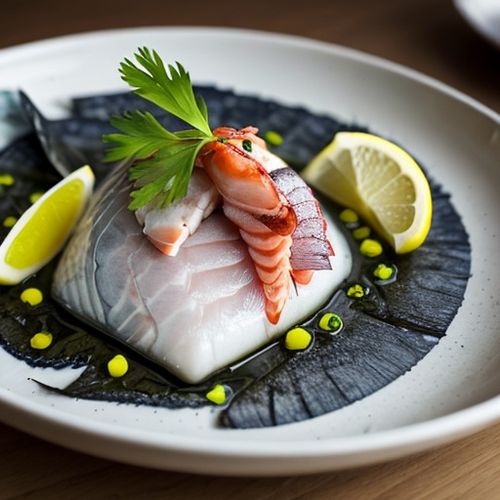
By James Moore/Mar 29, 2025

By Noah Bell/Mar 29, 2025
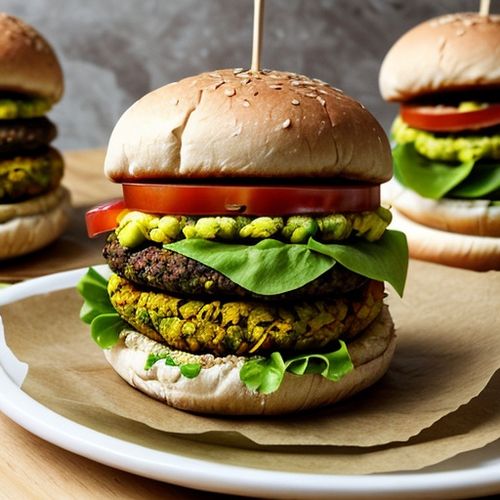
By Ryan Martin/Mar 29, 2025
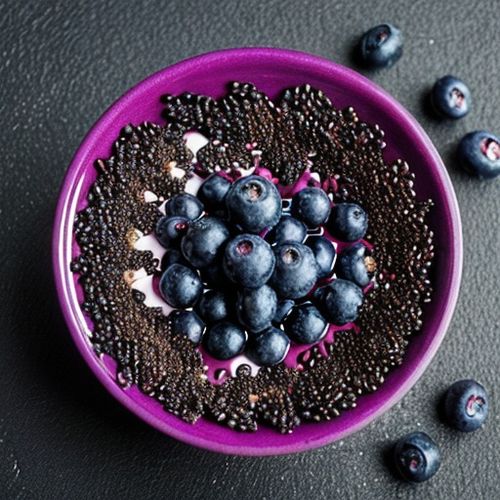
By Sarah Davis/Mar 29, 2025
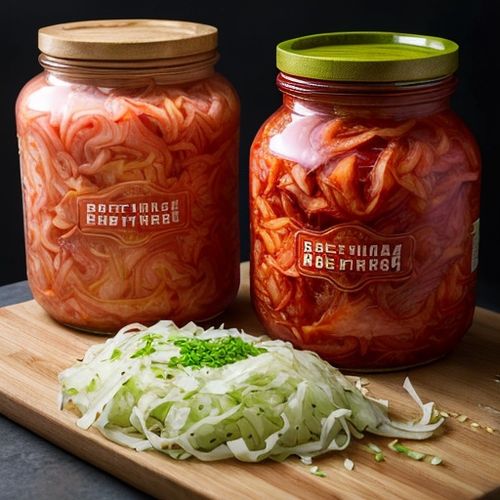
By William Miller/Mar 29, 2025

By Lily Simpson/Mar 29, 2025
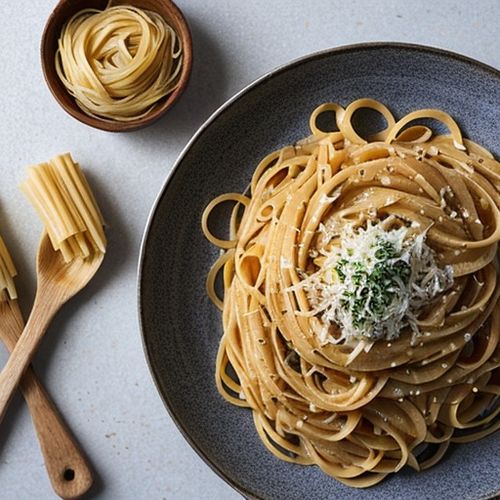
By William Miller/Mar 29, 2025
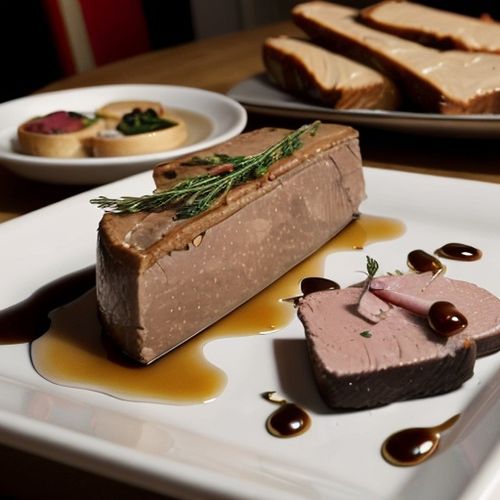
By Rebecca Stewart/Mar 29, 2025
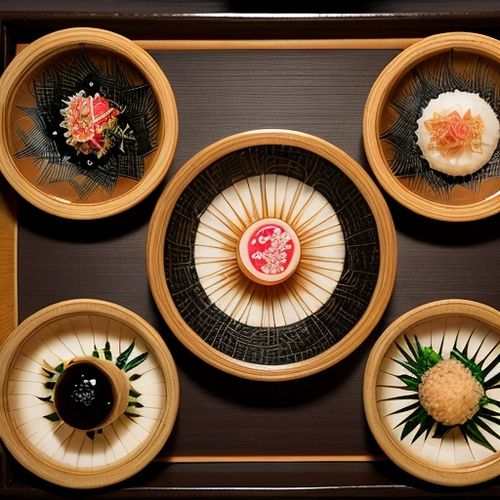
By Joshua Howard/Mar 29, 2025
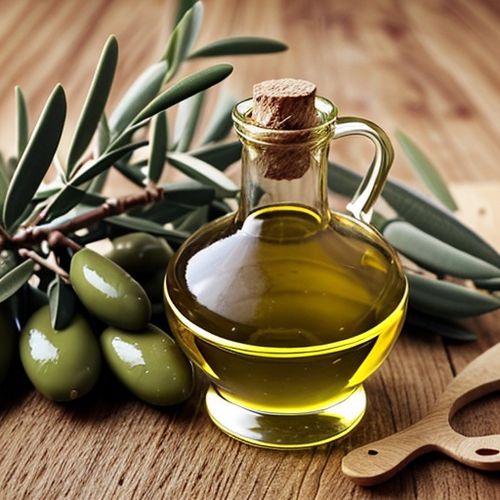
By Emily Johnson/Mar 29, 2025

By David Anderson/Mar 29, 2025
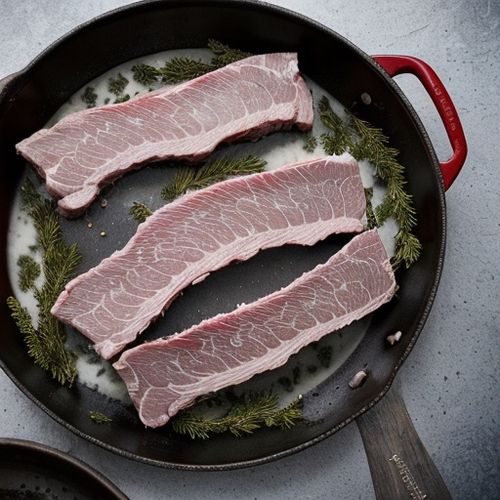
By Thomas Roberts/Mar 29, 2025

By Jessica Lee/Mar 29, 2025

By Amanda Phillips/Mar 29, 2025
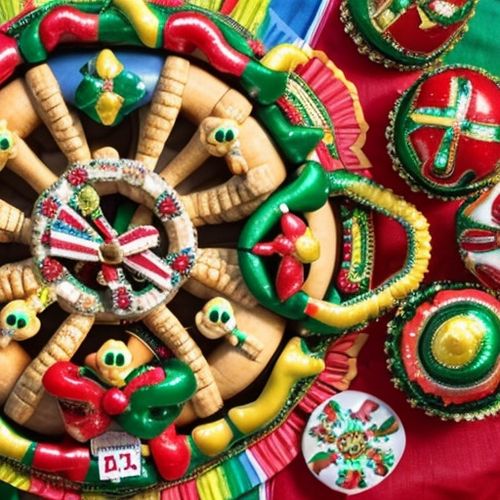
By Sophia Lewis/Mar 29, 2025
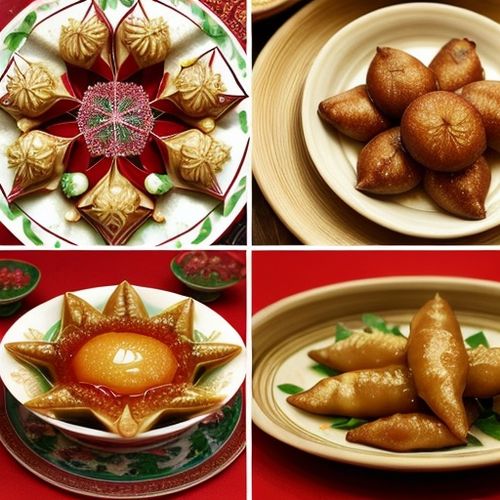
By Laura Wilson/Mar 29, 2025

By Emma Thompson/Mar 29, 2025

By Samuel Cooper/Mar 29, 2025
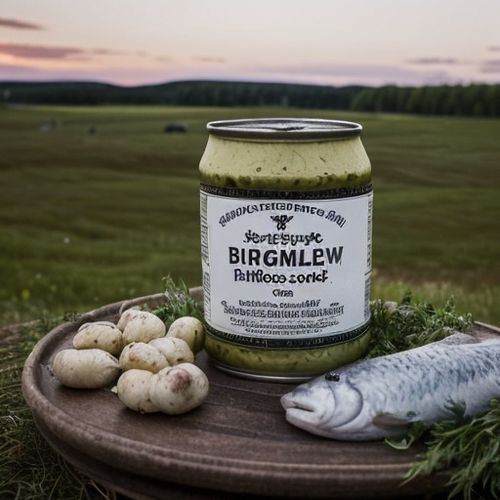
By Olivia Reed/Mar 29, 2025
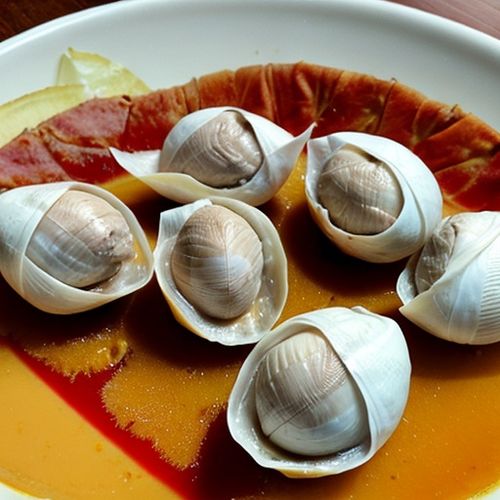
By Noah Bell/Mar 29, 2025